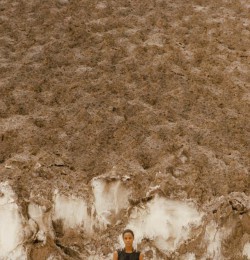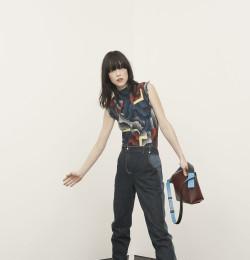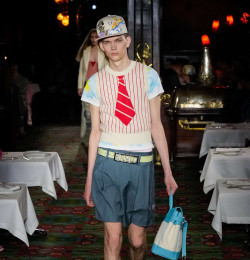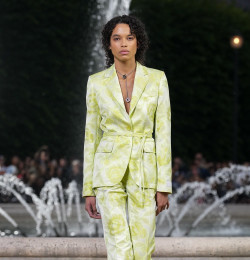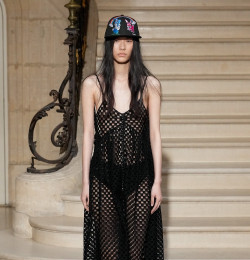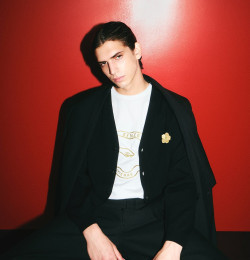

Kenzo
75002 Paris
France
About
founded by
Kenzo Takada
about
Since its first, quasi-confidential collection in April 1970, the Kenzo fashion label, alchemy of the Orient and the West, has been a veritable firework of colors and materials.
Kenzo Takada - the label's creator and inventor of new techniques such as cut knit - was the first to introduce the concept of volume and freedom of movement into clothing. Before leaving the House in 1999, he has inspired the creation teams with these amazing associations of colours, materials and prints that convey Kenzo’s values: freedom, cheerfulness and generosity.
Joining LVMH in 1993, Kenzo has had a remarkable development. Now present in 270 outlets Kenzo designs include women, men and children's ready-to-wear, active sportswear, fashion accessories, fine leather goods, perfume, and home decoration.
The arrival of Antonio Marras as artistic director of the Women universe last September will facilitate the renaissance of Kenzo and will accelerate further development.
Very much in the spirit of Kenzo, Antonio Marras portrays a world both rich and poetic, mixing influences and forging links between the world of fashion and other forms of artistic expression.
The Look
His motifs are flowers and leaves, even his perfume bottle is a leaf. He likes animal prints, tartans and daring colour combinations. His predilection is for simplified child-like shapes like pullover vests, knee length shorts, mini coats, sweater dresses, made fresh by such foreign nuances as Kimono sleeves (unusual in knitted clothing) and oversized berets. He follows the principle of flat patterns like used for kimonos. He widens armholes and modifies shoulders. He is influenced by folk costumes and interprets varied dress such as Spanish boleros, Austrian loden jackets, Indian trousers, Chinese tunics, Bedouin blankets and Breton aprons.
Perfumes
Official Social Media
Latest Kenzo Advertisements


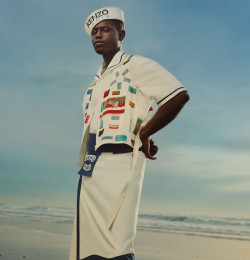
Latest Catalogues from Kenzo
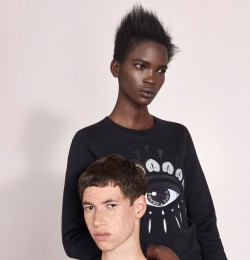
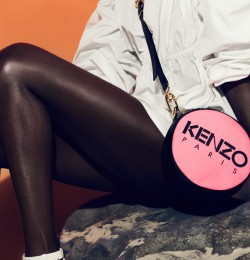
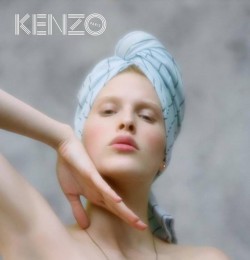
Look Books from Kenzo

